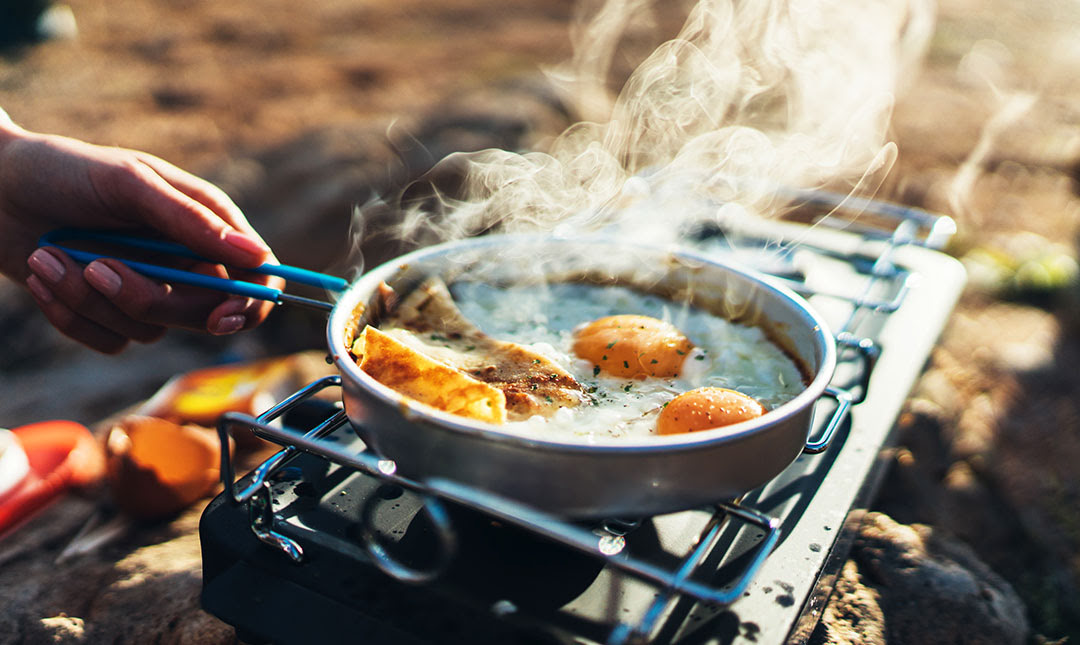
The Best Camping Cookware You Can Buy Today
Eating well is an integral part of enjoying (and surviving!) any extended trip to the great outdoors, but you’ll want to make sure you take the right cooking gear along. You might believe that all camping cookware is created equal, but that’s not quite true—some cooking tools are decidedly more equal than others, especially in certain situations.
We’ve put together this list of essential camping cookware to help you take the right cookery on your next camping trip. Rely on our expertise to show you what qualities to look for in your cooking gear, and try out a few of our recommendations!
What to Look for in Camping Cookware
When you’re looking for camping cookware, there are a few key criteria you’ll want to prioritize so you can buy reliable items. Here’s a quick breakdown of what separates the best products in this category from the clangers (yes, it’s a pots-and-pans pun, deal with it).
- Materials: Just because you’re taking a piece of cookware into the woods doesn’t mean you should cheap out on materials. In fact, buying high-quality cookware is probably more important than ever when you’re going camping, because you’ll need to make sure your equipment is tough enough to perform in the conditions of your environment.
Tip: Look for pots and pans made from anodized aluminum—it’s light, tough, and conducts heat easily. Conducting heat easier not only means your meals cook faster, but also saves you fuel—meaning you don’t have to carry as much of that around, either.
- Portability: Cookware can be heavy when it’s just going to sit on your countertop at home, but when you’re lugging it up and down mountains or through the woods, you need to make sure you can carry it. Materials play an important role in how portable your cookware is, but so does size and design.
Tip: Choose modular cookware, or purchase sets that can be stacked or collapsed to save space. This will make storing your items considerably easier when you aren’t using them.
- Versatility: The more you can do with a single piece of cookware, the fewer pieces you’ll have to lug around. Look for cooking equipment that can help you prepare numerous kinds of meals so you can avoid stuffing everything but the kitchen sink into your rucksack and turning into a dinner bell for bears while it clunks around on your back.
Tip: Buy cooking gear that comes with plenty of room, balances easily, and has a handle with wooden or rubber grips so you can easily use it with a campfire and not worry about burning your hands.
Our Favourite Camping Cookware
Here are a few of our top picks for camping cookware—including pots, pans, and even utensils. Try some of these options out for yourself, or use them as guidelines when shopping for different products.
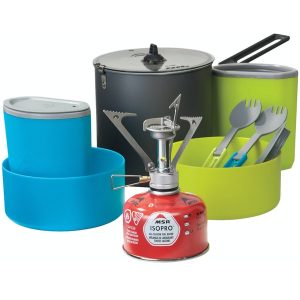 MSR Pocket Rocket Stove Kit
MSR Pocket Rocket Stove Kit
Price: $135 CAD
Where to Buy: MEC
This kit gives you the complete package: a durable and lightweight stove, multiple pots made from anodized aluminium, mugs, bowls, and even a spork set for two so that you and a partner can enjoy meals in the great outdoors together. The largest pot in the set even has a strainer lid, making it much easier for you to prepare a variety of different meals in the wilderness.
 GSI Destination Kitchen 24 Set
GSI Destination Kitchen 24 Set
Price: $65 CAD
Where to Buy: MEC
You’re going to need more than pots and pans if you want to prepare truly sumptuous feasts during your outdoor adventures, and this 24-piece set from GSI has you covered. It includes a cutting board, knife, collapsible whisk, a mini-grater, and a pivot spoon and spatula. It even comes with condiment bottles and a spice holder so you can really jazz up your recipes. After all, food always tastes better in the wilderness—but a little paprika never hurts, either.
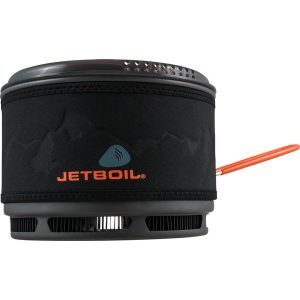
Jetboil Ceramic Fluxring 1.5L Cooking Pot
Price: $90 CAD
Where to Buy: MEC
Designed to help you boil food faster, this large ceramic pot with a non-stick coating also contains a built-in heat exchanger and a silicone-coated wire handle to prevent burns while handling it. It’s easy to clean, easy to carry, and you won’t have to worry about denting it too much either, since its exterior is made from hard-anodized aluminium.

GCI Slim-Fold Outdoor Cook Station
Where to Buy: MEC
Having the best camping cookware in the world won’t matter much if you’ve got nowhere to put it when it needs to be used. Enter this elegant portable counter with a frame made from powder-coated steel and including no less than 4 plastic fold-out side tables. Not only will this item give you plenty of space to lay out your ingredients and other cookware, but it even comes with a hook set to hang utensils and tools when you’re not using them.
Now You’re Cooking
Roughing it doesn’t mean you have to scrounge for roots and berries. Any of the options above will make it easier for you to cook hearty and delicious food on your next camping trip—and these are just a few suggestions for where to start. Use what you’ve learned here to continue seeking out cookware that will take your camp cooking game to the next level, and let us know what you find!


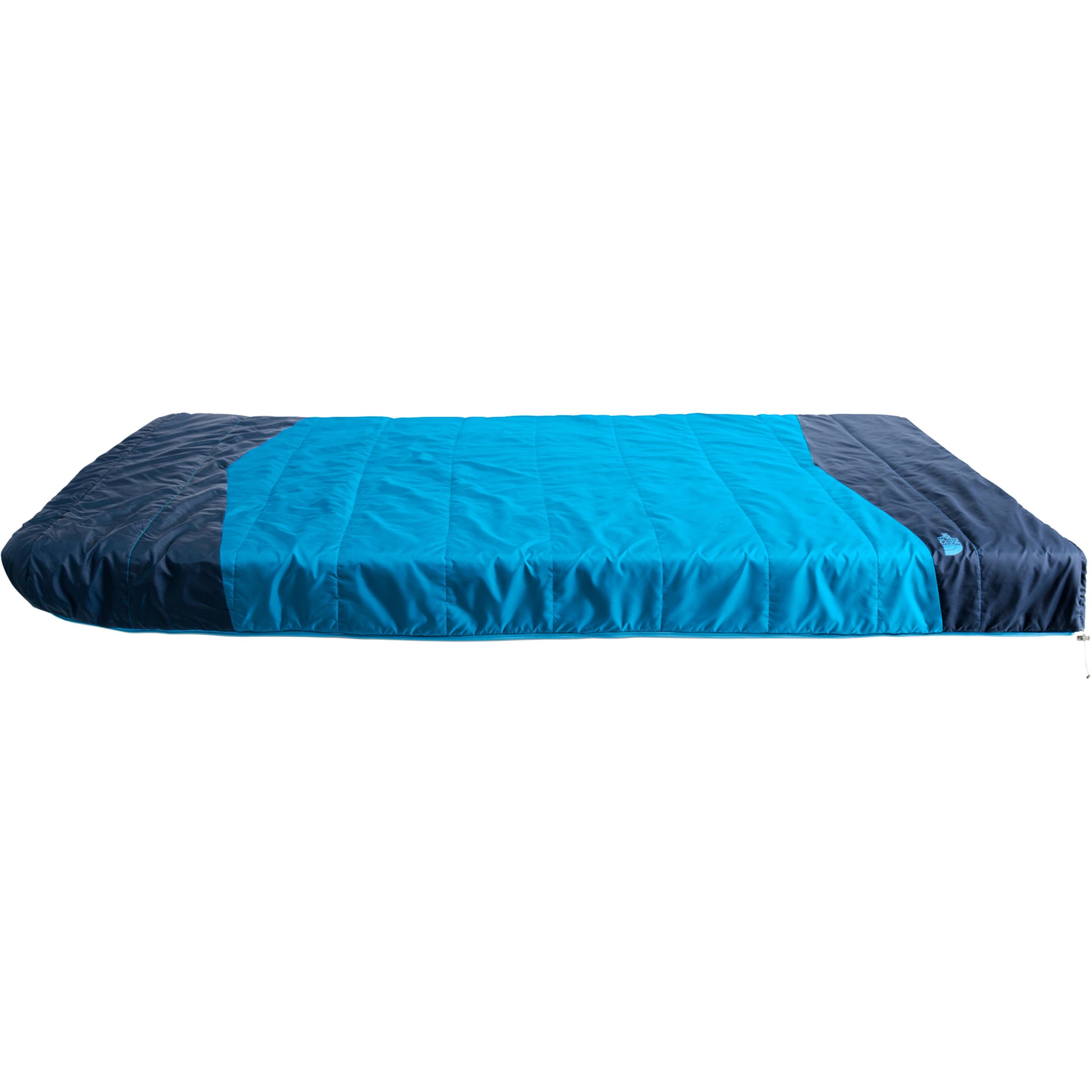
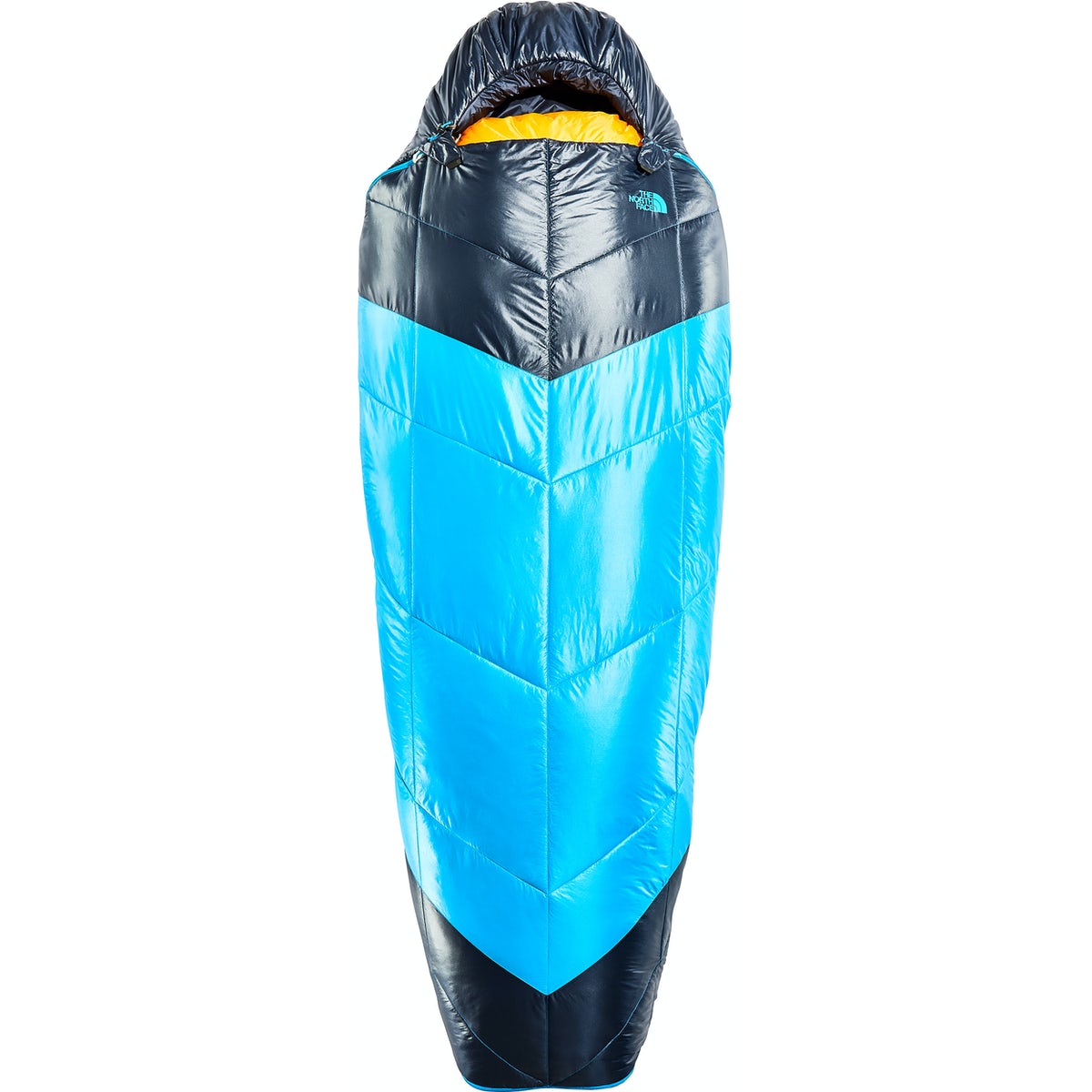
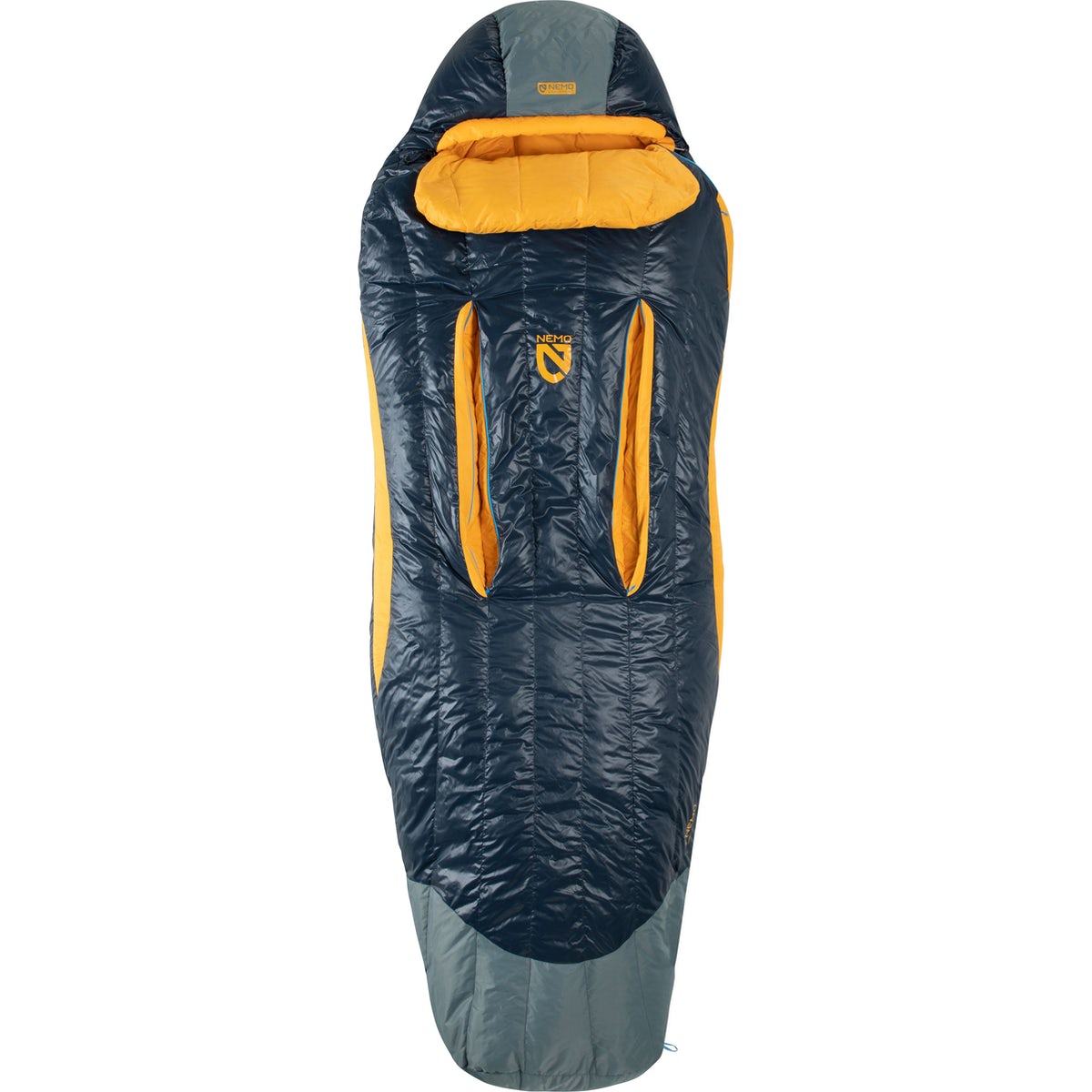
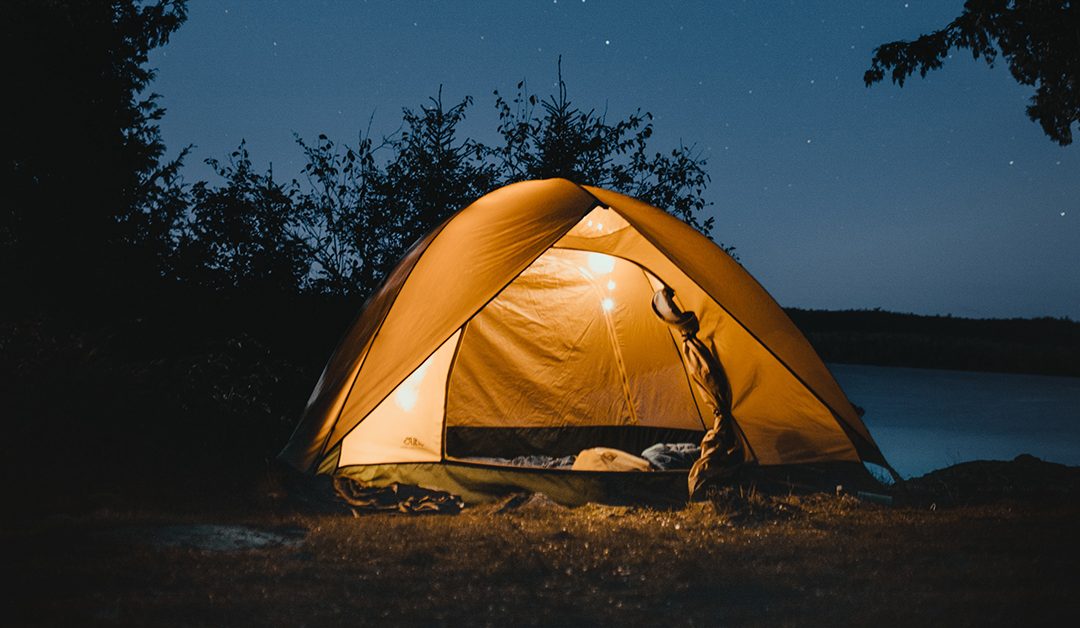


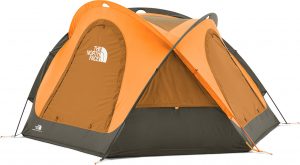
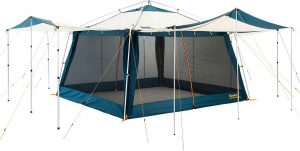
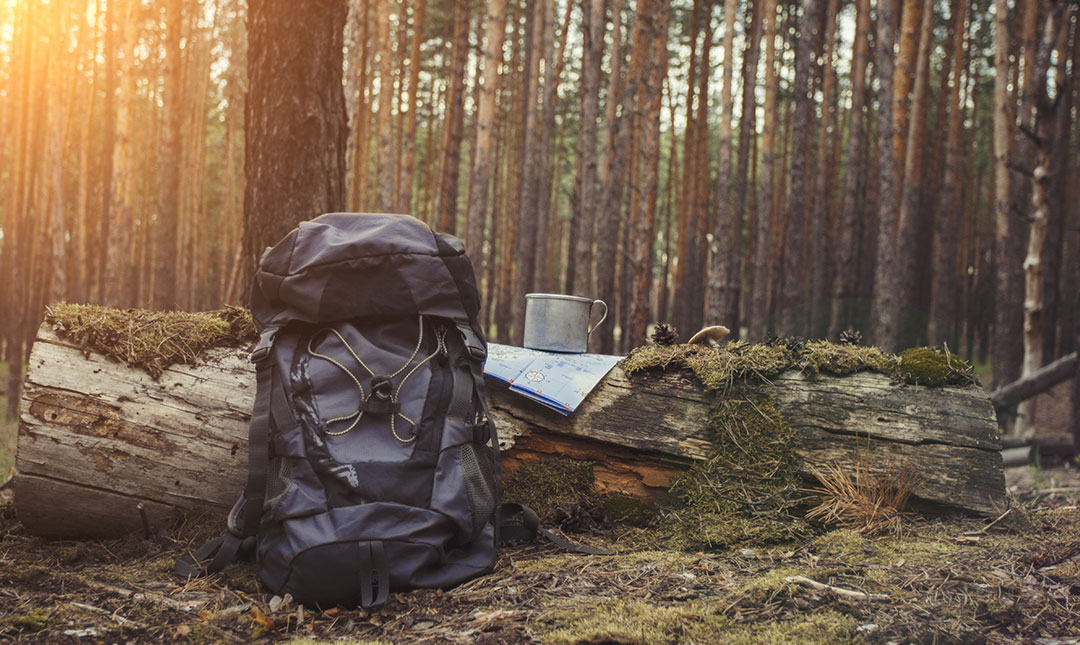
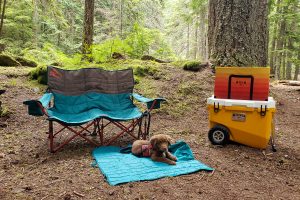

Recent Comments